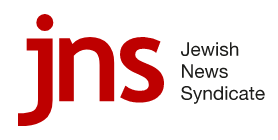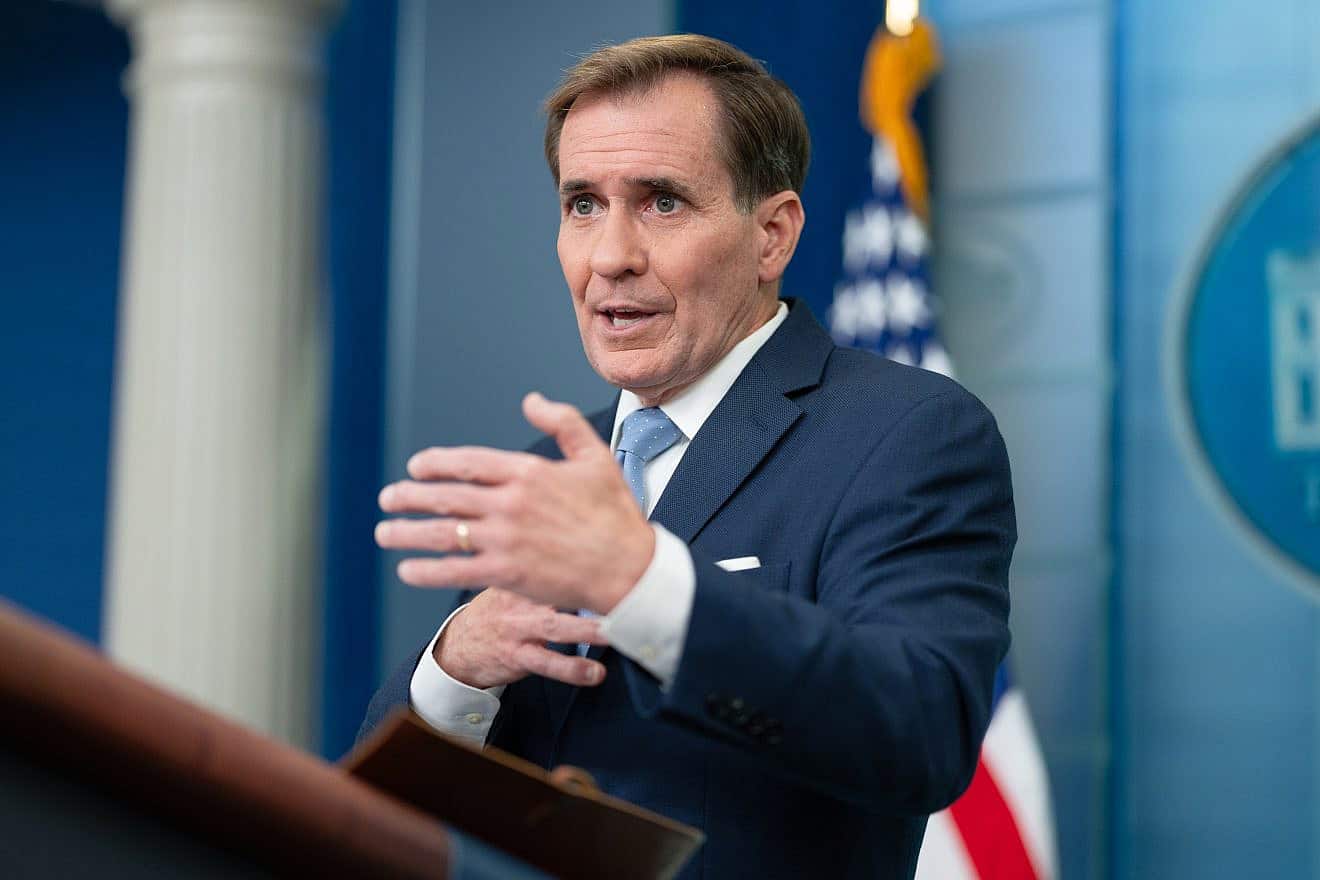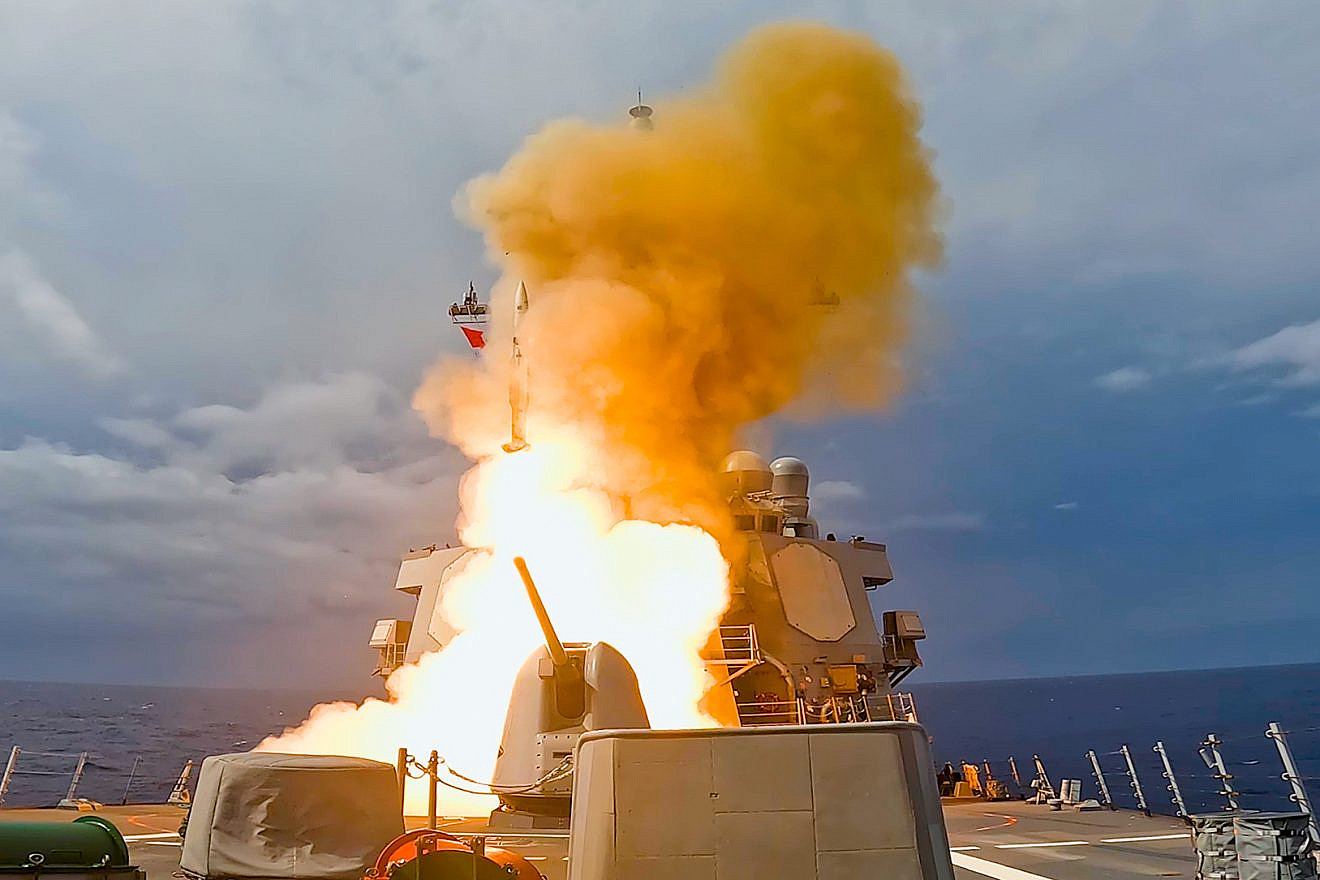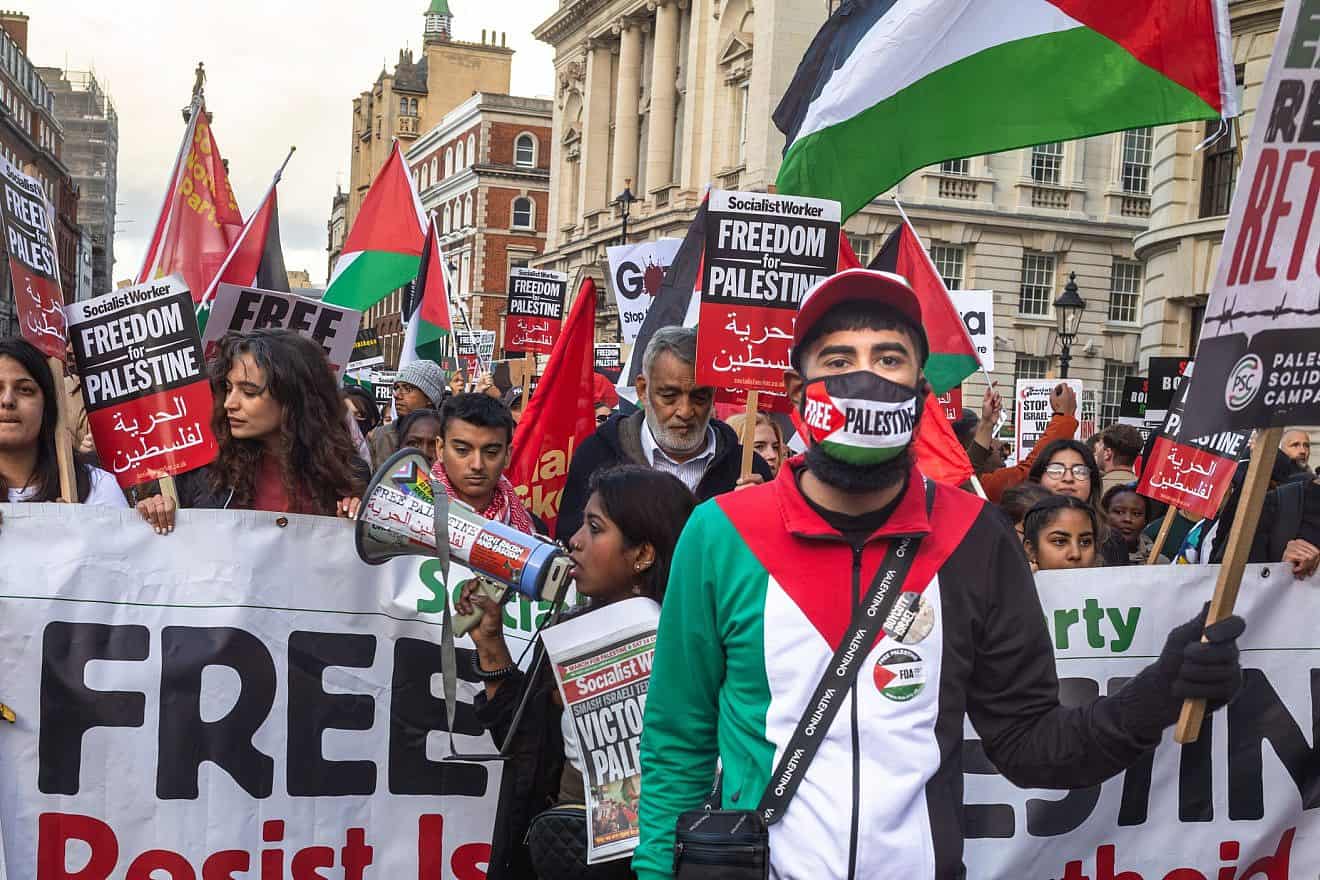 What the New York Times Left Out of Its ‘Starving Gaza Children’ Story
What the New York Times Left Out of Its ‘Starving Gaza Children’ Story
Ira Stoll
 Palestinian fighters from the armed wing of Hamas take part in a military parade to mark the anniversary of the 2014 war with Israel, near the border in the central Gaza Strip, July 19, 2023. Ibraheem Abu Mustafa
Palestinian fighters from the armed wing of Hamas take part in a military parade to mark the anniversary of the 2014 war with Israel, near the border in the central Gaza Strip, July 19, 2023. Ibraheem Abu Mustafa
A front-page story in Sunday’s New York Times accuses Israel of starving Gazan children to death.
The story, though, is missing crucial context.
The Times reports, “Obtaining enough to eat had already been a struggle for many in the blockaded Gaza Strip before the war. An estimated 1.2 million Gazans had required food assistance, according to the United Nations, and around 0.8 percent of children under the age of 5 in Gaza had been acutely malnourished, the World Health Organization said. Five months into the war, that appears to have spiked: About 15 percent of Gazan children under the age of 2 in northern Gaza are acutely malnourished, as well as roughly 5 percent in the south, the World Health Organization said in February.”
The Times reports these numbers for Gaza, but it doesn’t say what the figures are in other places.
If you look them up, you’ll find that the same World Health Organization reports figures of “severe wasting prevalence among children under 5 years of age” of 1.1 percent in the Marshall Islands, 3.1 percent in Oman, 2.4 percent in Pakistan, 4.5 percent in Saudi Arabia, 1.7 percent in South Africa, 5.5 percent in Syria, 2.7 percent in Thailand, and 5.4 percent in Yemen. The numbers were 0.7 percent in China, 0.6 percent in Cuba, 1.4 percent in Ecuador, 4.8 percent in Egypt in 2014, 4.9 percent in India in 2017, and 2.9 percent in Lebanon.
Got that? For all the Times hype about the “struggle” caused by the “blockade,” Gazans before the Hamas-initiated war were eating better than in some non-blockaded countries. That’s because the so-called blockade wasn’t designed to starve Gazans. It was intended — unsuccessfully, alas — to prevent the Hamas terrorist group from amassing more weaponry with which to kill Israelis.
Even months into the war, the 5 percent acute malnutrition rate reported by the WHO, if accurate, for Gazans who followed Israeli instructions to move south puts them in roughly the same shape as residents of India, Egypt, Syria, and Saudi Arabia. Why aren’t starving children in those non-Gaza countries on the front page of the Sunday New York Times? Because the Times can’t find a way to portray Jews as responsible for the deaths of those other children, and thus the news can’t be shoehorned into a classical antisemitic trope.
None of this is to deny that humanitarian conditions in Gaza are rough, or that some children are suffering. The fault for those conditions is with Hamas. The terrorist group could end the war immediately by surrendering and releasing the kidnapped hostages, but instead it cynically uses the civilian suffering as a way of advancing its diplomatic goal of surviving in power in Gaza after the war.
You might wonder who wrote the Times article. The first byline on the article is “Bilal Shbair,” a new byline to Times readers. As a former Israeli diplomat, Lenny Ben-David, noted in a social media post about what he called a “blood libel,” Shbair is frequently interviewed by National Public Radio as a Gaza “man on the street.” A 2021 NPR dispatch says, “Bilal Shbair, 34, teaches young children at an UNWRA school and lives with his wife and 20-month-old son in the central area of the Gaza Strip.”
UNRWA, whose full name is the United Nations Relief and Works Agency, is the UN’s agency dedicated solely to the refugees and descendants of Palestinians who fled during Israel’s 1948 War of Independence
Given what we now know about UNWRA facilities being used to shelter Hamas tunnel entrances and missile launchers, as well as about the extensive involvement of UNWRA personnel in the Oct. 7 terrorist attack on Israel, Shbair’s UNWRA background might be worth disclosing to Times readers.
No matter whose byline is on the piece, though, the ultimate responsibility to prevent the New York Times from tilting to anti-Israel propaganda rests with the newspaper’s editors, publisher, and owners. Sadly, the newspaper’s management these days seems to care more about catering to an Israel-hating global online audience than it does about maintaining whatever is left of the newspaper’s reputation for unbiased reporting.
Ira Stoll was managing editor of The Forward and North American editor of The Jerusalem Post. His media critique, a regular Algemeiner feature, can be found here.
Zawartość publikowanych artykułów i materiałów nie reprezentuje poglądów ani opinii Reunion’68,
ani też webmastera Blogu Reunion’68, chyba ze jest to wyraźnie zaznaczone.
Twoje uwagi, linki, własne artykuły lub wiadomości prześlij na adres:
webmaster@reunion68.com







